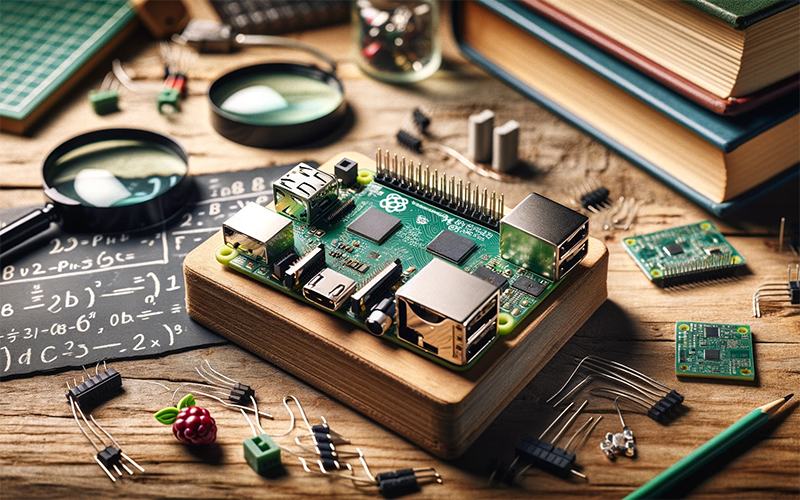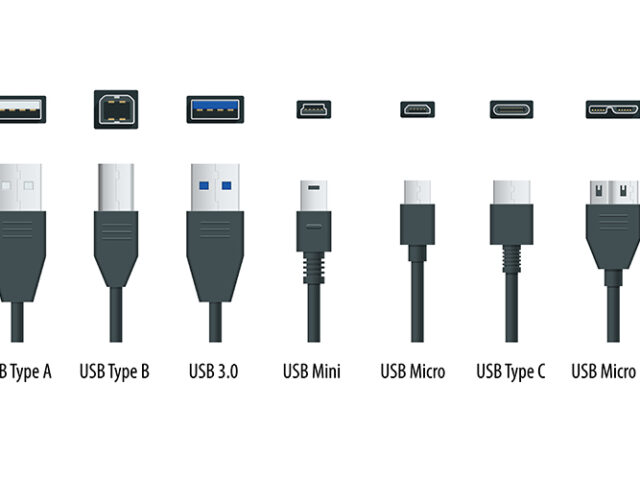In the realm of microcomputing, few names resonate as profoundly as Raspberry Pi. This compact yet powerful device has revolutionised the way we perceive computing, education, and innovation.
The inception of Raspberry Pi dates back to the early 2000s, where a growing concern emerged among the faculty of the Computer Laboratory at the University of Cambridge. They noticed a distressing decline in the skills and knowledge of applicants for their computer science course.
Eben Upton, then a lecturer at the University of Cambridge and now the CEO of Raspberry Pi, spearheaded a movement that would later evolve into the Raspberry Pi Foundation. The initial objective was to reignite the spark of computing in young people, reminiscent of the era of the BBC Micro, which Upton himself had experienced in the 1980s. The BBC Micro, and machines like it, were instrumental in nurturing the curiosity and inventiveness of a generation.
The concept was simple yet ambitious: create a low-cost, high-performance computer that could be used for education. The hope was that it would be a tool for students to learn programming and understand the inner workings of a computer. Upton, along with his colleagues including Rob Mullins, Jack Lang, Alan Mycroft, Pete Lomas, and David Braben, set out to create a prototype.
After six years of development, which involved overcoming numerous design and manufacturing challenges, the first Raspberry Pi model was launched on the 29th February, 2012. The team had managed to condense the essentials of a desktop computer onto a single circuit board no bigger than a credit card. The initial batch of 10,000 units sold out almost instantly, signalling a much larger demand than anticipated. It wasn’t just schools and hobbyists showing interest; the industry saw potential in the device for various applications, from digital signage to industrial automation.
The Raspberry Pi, though designed for education, became a darling of hobbyists, makers, and professionals alike. Its versatility and ease of use, coupled with its cost-effectiveness, made it an ideal choice for a plethora of projects, ranging from home automation to sophisticated robotics. The low cost was achieved by using an ARM-based processor, commonly found in smartphones, rather than the more expensive x86 chips used in desktop and laptop computers.
The foundation, a UK-registered charity, has since iterated on the original design, releasing newer models with improved performance and connectivity. The Raspberry Pi 5 being the latest, boasting a whole host of new capabilities.
The impact of Raspberry Pi has been profound. It has democratised access to computer science education across the globe, broken down barriers to technological entry, and fostered a new era of digital makers. It has also made significant strides in developing countries, where its affordability and low power consumption make it an ideal educational tool.
Furthermore, the Raspberry Pi has spurred the growth of an entire ecosystem. From customised operating systems and software packages to a multitude of accessories and expansion boards, there is a rich community of developers and manufacturers contributing to the Raspberry Pi universe.
The Raspberry Pi stands as a testament to the power of a simple idea executed well. It continues to inspire and enable people of all ages to explore the realms of computing, proving that innovation does not always require deep pockets or complex technology – sometimes, the power of the micro can indeed make a macro impact.




